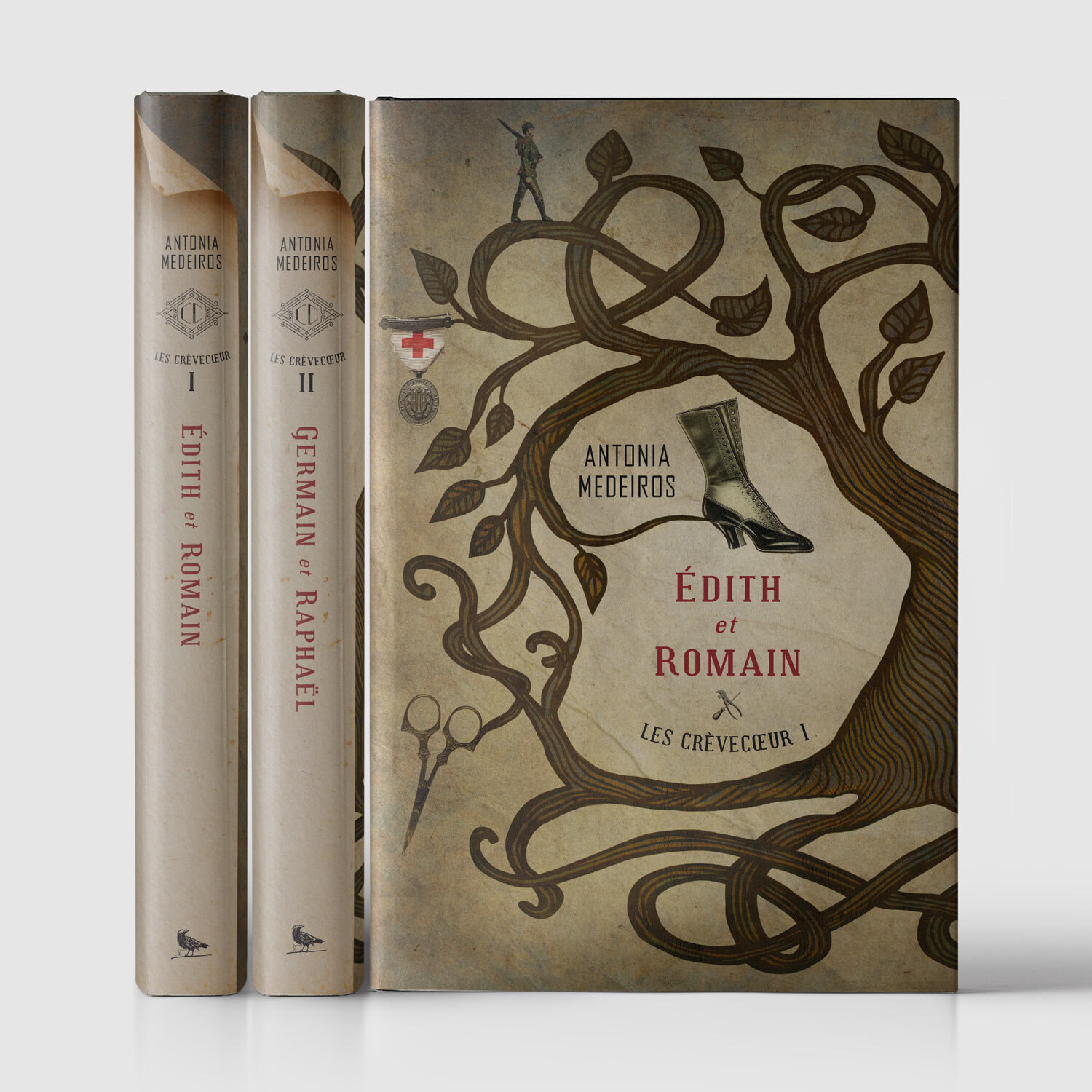BOOK SERIES COVERS
If writing one book is an accomplishment, then writing a series is an undebatable triumph. So, it’s important to pay off all your hard work with a book cover design that truly represents and sells your series.
Designing for a series opens up a whole new realm of creative possibilities. By leveraging a clean and cohesive design, you’ll attract your ideal reader and give them a proud addition to their bookshelf.

Philip K. Dick Design Collection

Grimm Audiobook Series

Ray Bradbury Centennial Edition

Norman Thomas Di Giovanni Design Collection

Les Crèvecoeur Series

The Epic of Didier Rain Series

The Guardian’s Playlist Trilogy

Munch and Krüger Series

The Secret Viking Series

Mars Trilogy Series

Miles Gibsons Series

Where They Burn Books, They Also Burn People

J.G Ballard Collection

Joe Coffin Series

The Spectacle of Let Series
Show off your series with a cohesive design
When your reader glances up at the shelf, you want to make it immediately clear your set of books are a series. Taking up more space on the shelf is already a huge advantage for landing book sales—but only if readers are aware of what you’re selling.
This requires having a cohesive design across all of your book covers. There’s more than enough opportunity to try some fun, engaging and creative designs, but it’s most important to show connection.
There are a variety of ways to achieve cohesiveness and show your series as a set. Notice how these designers established a visual connection between covers using different creative techniques and strategies.
In this two-part series, Les Crèvecœur, the theme was maintained and the tree design was split between the two books covers.
For Samuel Zamarripa’s The Spectacle of Let series, the collage style and theme was continued across both book covers.
The book cover designs for the Marte (Mars) series tell a story in themselves. Although a more minimalist aesthetic, we can see the development of both the landscape and air quality as the series progresses — from arid, uninhabitable landscape and a protective suite to green mountains, water and an exposed character.
Make use of a shared art style, typography, shapes or colors
There are a handful of design methods you can use to make your book series covers work together as a cohesive set.
You can use shared styling, typography, shapes, colors, and textures—just make sure whatever you’re using appeals to your intended audience and chosen genre.
Book series design also depends on the unique nature of your series. Are you releasing your books one at a time? Is it a trilogy? A six-title series? Each of these factors calls for different design nuances and can be tackled with different creative strategies.
However, one piece of advice remains true for all book series design covers—avoid using too simplistic of a design. If your design simply changes color or a stagnant element, then your design could lack interest, which is the opposite effect you want to achieve.
Minimal designs often performs best for book series covers
While constructing your book cover design is an undeniably fun process, it’s important to keep your creativity level in check. You don’t want to overload your book covers with too many loud and distracting elements.
It’s best to choose a minimalist design to keep the look of your series clean and cohesive. While you want to avoid being overly simplistic, minimalist design allows for intriguing and creative elements used in an intentional and engaging way.
Take advantage of the design space on the spine of each book
Don’t forget the power of the spine! Usually, your spine is what will be visible to readers when they’re browsing in store. When your books are stacked on the shelf next to each other, you want the series of spines to tell a story.
You can accomplish this by using shared design elements or creating a collective image when the whole set is placed in order on the shelf.
Don’t let the series design take away each book’s identity
When you’re designing for a series rather than an individual book, it naturally requires more planning and creative conceptualization. You’ll need to balance a cohesive design across the entire series while still showing the individual story of each book with unique design elements.
So, you’re trying to accomplish two design effects: showing your series as a cohesive set and telling the unique theme and tone of each book.
Establishing a strong concept with flexibility can help with this design challenge. Changing composition across covers, for example, can help address the issue while establishing visual identity.
Make the intended order clear to the reader
A book series is generally meant to be read in a particular order, so it’s important to communicate this in your book cover design.
While numbering your book series doesn’t have to be on the front cover or spine, it should be placed somewhere obvious to the reader.
Imagine the frustration and confusion of a reader who bought the third book in your series thinking it’s the first. It’s more likely they’ll lose interest before going back to the store and repurchasing, which is obviously a circumstance anyone would want to avoid.
Our simple 3 stage design process
Getting the right custom design for your series book covers is simple with the help of our professional design team and three step design process. You don’t need any prior experience or knowledge; our experienced book cover artists are here to help you every step of the way.
Step 1: Pre-design process
Select a service or a package, then fill in our design brief to help our team understand your book and design preferences.
Step 2: Design process
About 10 working days after we’ve received your design brief, we’ll present three different concepts with images and art direction, then request feedback.
Note: expect a 10 day turn-around time between revision requests. Two to three revisions is standard, however, we will keep revising until you’re happy with the design.
Step 3: Production process
We’ll present the final design and you’ll sign-off on your book cover. Next stop: publishing!
After delivering the files, our team will be available to assist you and answer any questions you may have during the production process.















